The wholesale market for ceramic tiles is comprised of sales of ceramic tiles created by businesses (organizations, single traders, and partnerships) that refer to the tiles as being made up of a combination that comprises sand, water, and clay. Ceramic tiles made of ceramic are frequently used for the floors and walls of home bathrooms, kitchens, and other indoor and outdoor spaces. There is a wide selection of choices when it comes to the dimensions, patterns, and hues of ceramic tiles. Glazed and unglazed tiles are the two most common varieties of ceramic tile. Tiles that have been glazed are tiles that have had a coating of liquid glass or enamel applied to them.
In comparison to unglazed tiles, glazed tiles are more likely to become scratched and have a lower density or thickness overall. Ceramic tiles may be utilized in a variety of construction types, including new construction, rehabilitation, and replacement. Dry pressing and extrusion are the two processes that are used to make the various ceramic tile formulas. These tiles may be utilized in a variety of applications, including floor tiles, wall tiles, and others. Both residential and commercial spaces are typically the final destinations for ceramic tiles. At a compound annual growth rate (CAGR) of 8.45 percent from $97.04 billion in 2021 to $105.24 billion in 2022, the size of the worldwide market for ceramic tiles is projected to expand from $97.04 billion. It is anticipated that the expansion of the market for ceramic tiles will be propelled forward over the coming years by the increase in spending on house remodeling. The term “home remodeling” refers to the process of making alterations to the house’s designs and upgrading them. Because ceramic tiles are utilized for upgrading and building housing requirements, particularly for bathrooms and kitchens, there is a dramatic growth in demand for ceramic tiles when homes undergo renovation. For example, the residential remodeling index (RRI) study found that during the first three months of 2021, spending on home renovation rose by 10.8 percent on a year-over-year (YOY) basis. This was based on data collected during the first quarter of 2021. Consequently, the growing demand for ceramic tiles is being driven by an increase in the number of homes undergoing refurbishment.
Ceramic tiles market
In 2020, the worldwide market for ceramic tiles was valued at US$ 104 Bn, and analysts anticipate that this market will grow at a high CAGR of 10 percent to reach US$ 300 Bn by 2031. The global market for tiles is dominated by sales of ceramic tiles, which account for around 85 percent of the total. Because of the fast infrastructure development taking place in countries like India, China, Indonesia, and Vietnam, the Asia-Pacific region accounts for a remarkable portion of the total worldwide market. The strong customer demand for ceramic tiles is anticipated to increase to US$ 105 billion by 2031 as a result of the region’s growing population as well as its housing industry. Customers frequently choose ceramic tiles for use as flooring and wall coverings in commercial and residential buildings. This preference may be attributed to the tiles’ longevity as well as their simplicity of cleaning. It is anticipated that advancements in digital inkjet painting on ceramic tiles, which offer a wide variety of designs and patterns on porcelain tiles particular to consumer taste and can be created in less time, would boost demand for ceramic tiles in the future.
The primary factor that is driving up demand for ceramic tiles throughout the world is an increase in building investment. The real estate sectors of China, Japan, and India are all seeing healthy expansion at the moment. In turn, the building industry is the primary driver of the market for ceramic tiles, which is also being favorably affected by a number of other factors. As a result of the effects of COVID-19, global demand for ceramic tiles is gradually showing signs of improvement. COVID-19 negatively affected ceramic tile manufacture and production due to the shutdown of companies and the lack of available trained workers. The revival of the construction industry as malls and offices reopen is predicted to stimulate demand for ceramic tiles favorably. It is anticipated that the demand for ceramic tiles will increase significantly when major exporters, such as China, resume trade operations at full capacity as the economy improves.
Tiles wholesale market
The wholesale market for all sorts of tiles has lately undergone rapid expansion due to the construction boom and homeowners’ preference for durable items like ceramic tiles. Tiles cover internal walls, ceilings, and floors. simple, practical, or ornamental, ornate (such as mosaics). Ceramic, porcelain, stone, marble, clay, slate, glass, and other hard and soft materials can be used to make tiles (e.g., timber, vinyl, cork, etc.). In places where there is water, such as bathrooms, kitchens, and laundry rooms, tiles protect surfaces against moisture damage. Tiles may improve a room’s acoustics by absorbing sound; they’re widely used in theatres, recording studios, etc. Tiles include: Carpet tiles, often called carpet squares, can replace rolled carpet. They have a pile on top of the backing and come in different sizes, materials, fibers, patterns, and colors. Carpet tiles are utilized in airports, workplaces, schools, libraries, etc. Read about carpet tiles. Plasterboard: Lightweight ceiling tiles, often called ceiling panels, cover the ceilings. They can provide some heat insulation when placed in a grid but are mainly used to improve a room’s appearance and acoustics. They’re utilized in workplaces, businesses, etc.  Ceiling tiles. Tiles: Ceramic tiles contain clay, sand, quartz, and water. As kitchen and bathroom surfaces, they’re utilized in homes, restaurants, businesses, shops, etc. They’re easy to install, clean, maintain, and affordable. Ceramic tile info. Ceramic tiles: Porcelain tiles are comparable to ceramic tiles but are denser and more durable; therefore, they’re utilized for inside and outdoor flooring. Stone tiles: Natural stone tiles have long been utilized for interior surfaces due to their durability and beauty. Slate, granite, marble, quartzite, etc., are common materials. Natural stone tiles have more. Sheet vinyl: Vinyl tiles can replace sheet flooring in kitchens, baths, and industrial locations with frequent spills and cleaning. Flexible, hardy, and degradable. They come in several colors, are easy to install, and may be polished to a high sheen. Vinyl flooring has additional information. Mosaics: Recently, ornamental composite tiles like pebbles embedded in resin, glass, or metal tiles glued onto the mesh, etc., have been made. Cement encaustics: Encaustic cement tiles are made by dying cement tiles using mineral pigments to produce beautiful designs.
Ceiling tiles. Tiles: Ceramic tiles contain clay, sand, quartz, and water. As kitchen and bathroom surfaces, they’re utilized in homes, restaurants, businesses, shops, etc. They’re easy to install, clean, maintain, and affordable. Ceramic tile info. Ceramic tiles: Porcelain tiles are comparable to ceramic tiles but are denser and more durable; therefore, they’re utilized for inside and outdoor flooring. Stone tiles: Natural stone tiles have long been utilized for interior surfaces due to their durability and beauty. Slate, granite, marble, quartzite, etc., are common materials. Natural stone tiles have more. Sheet vinyl: Vinyl tiles can replace sheet flooring in kitchens, baths, and industrial locations with frequent spills and cleaning. Flexible, hardy, and degradable. They come in several colors, are easy to install, and may be polished to a high sheen. Vinyl flooring has additional information. Mosaics: Recently, ornamental composite tiles like pebbles embedded in resin, glass, or metal tiles glued onto the mesh, etc., have been made. Cement encaustics: Encaustic cement tiles are made by dying cement tiles using mineral pigments to produce beautiful designs. 
Wall tiles market
The market for ceramic wall tiles is characterized by increasing government expenditure on infrastructure, fast urbanization, and a change in consumer choice, all of which are, in turn, driving the customer demand for ceramic tiles in residential and commercial structures throughout the nation. Around the globe, there are several reputable producers and providers of a wide variety of tiling products. On the other hand, India is one of the leading suppliers. The fast-growing residential and commercial sectors are the primary market drivers for this company’s product. In addition to this, the government of India (GOI) has initiated a number of projects that will have a positive influence on the ceramic or mosaic tile sector. This is one factor that is contributing to the acceleration of market expansion. For example, the Clean India Mission (Swachh Bharat Mission), which focuses on improving sanitation in both urban and rural areas, has greatly increased the demand for small-sized ceramic tiles throughout the nation. A favorable prognosis for the market is being created by a number of other variables, including the fast urbanization that is occurring, the increased spending power of consumers, the rising migration into metropolitan regions, and the expanding real estate industry.
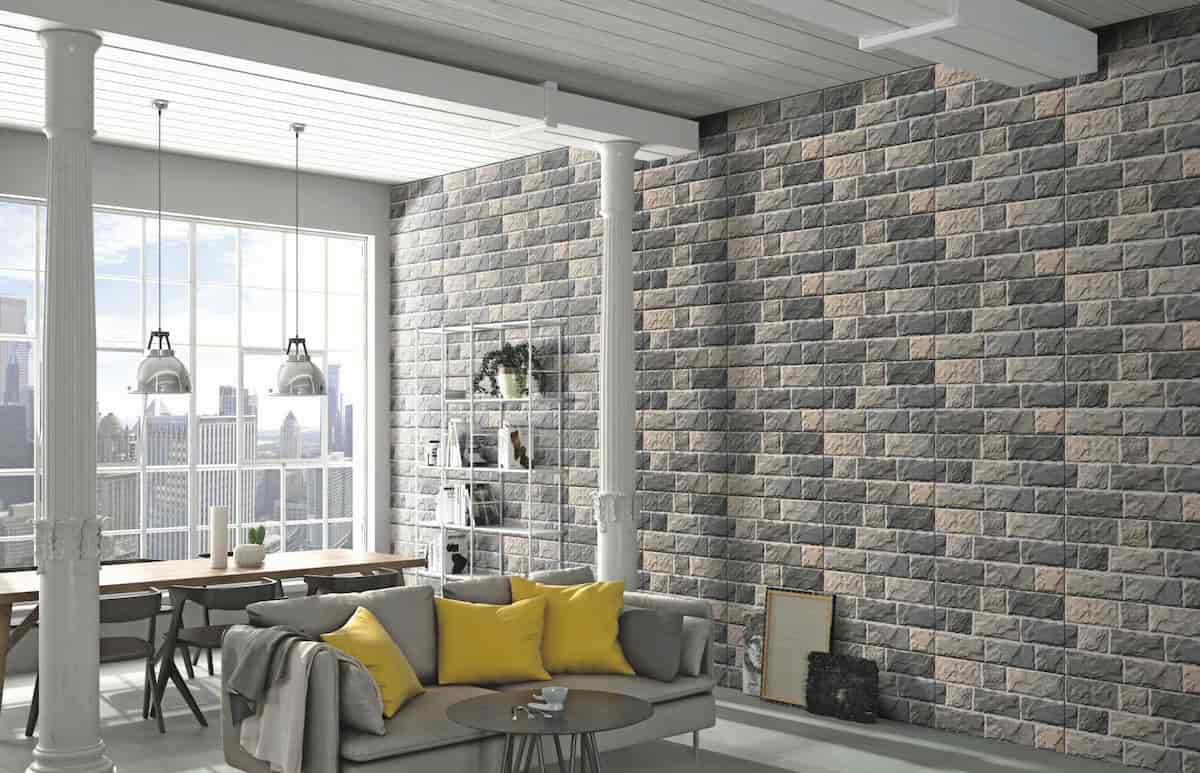
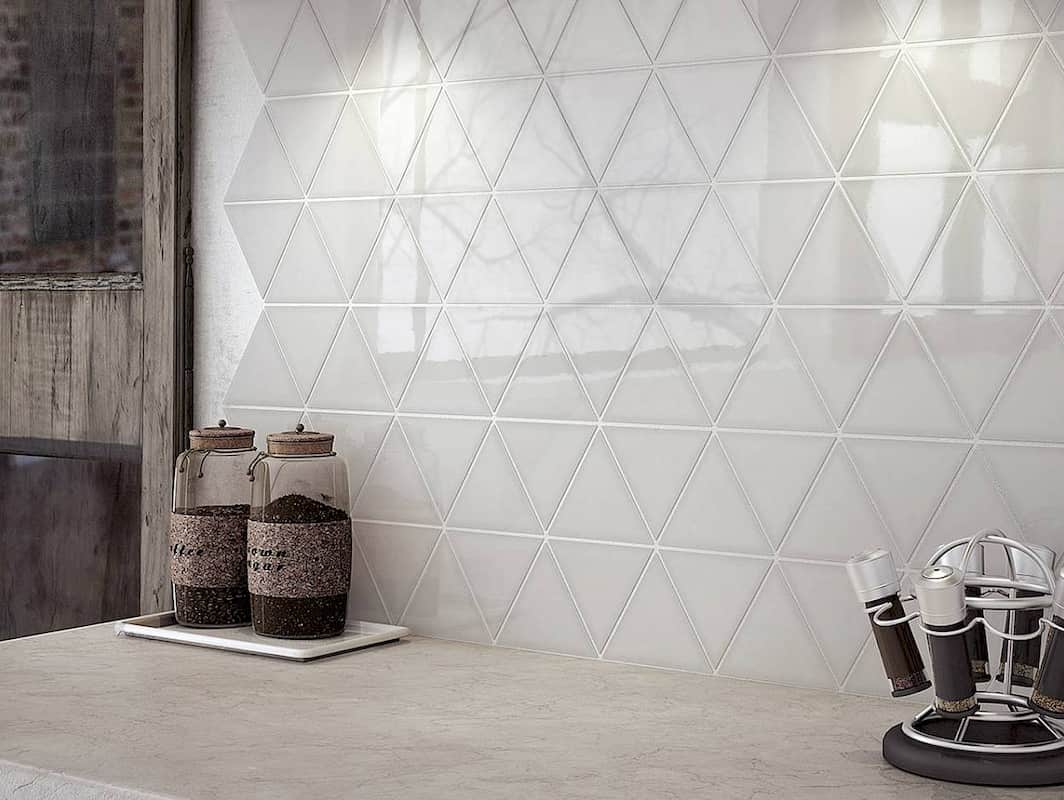

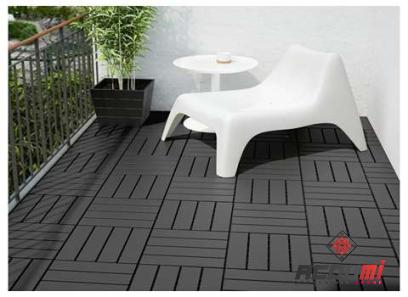
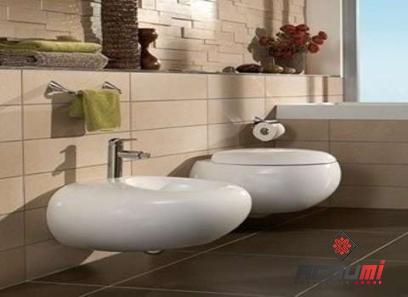





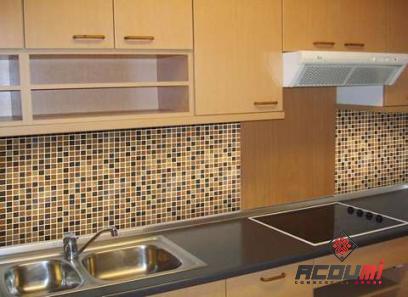

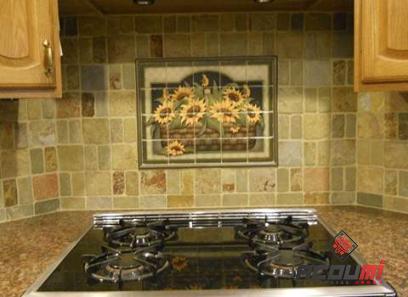
Your comment submitted.